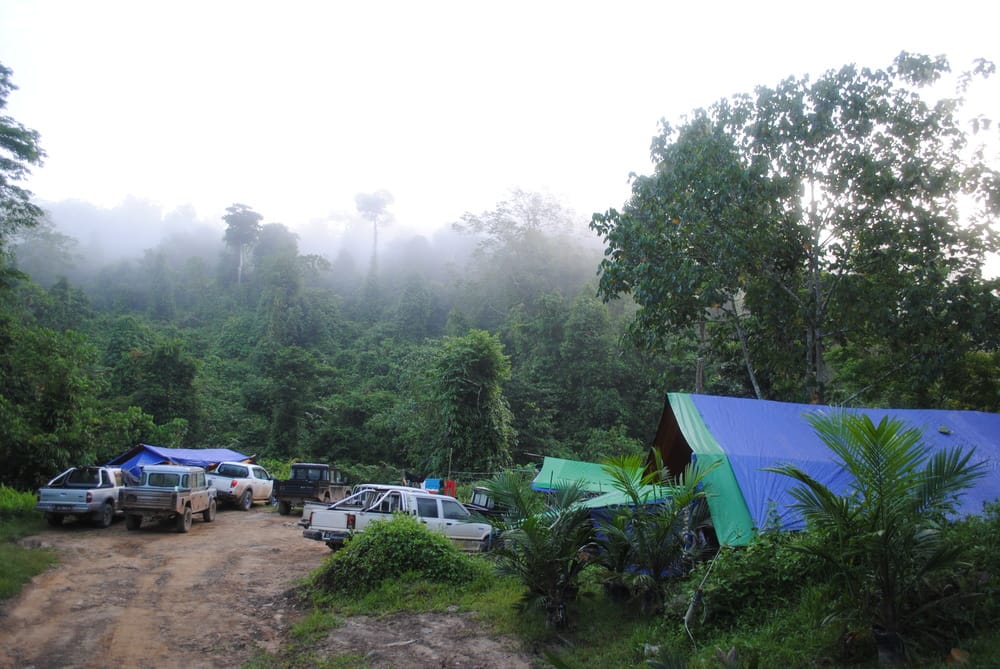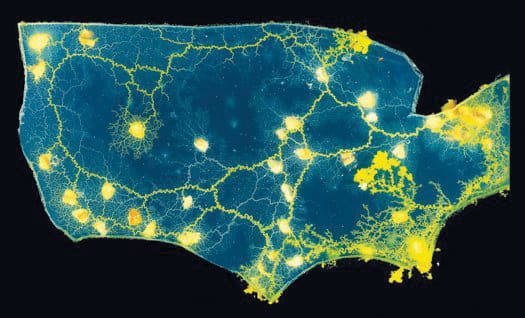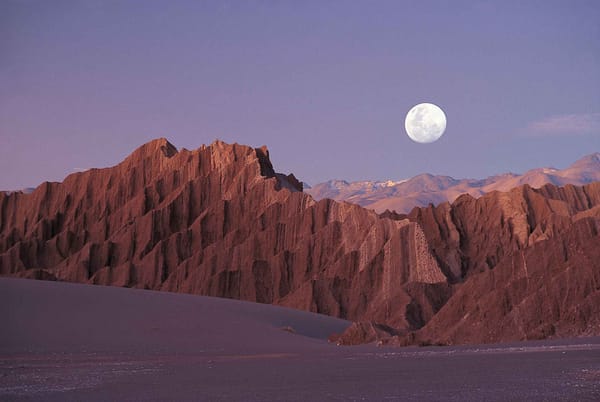Ecology on a massive scale
A look at the SAFE Project, two years from its start

On the first day, as we drove to plot ‘D’, I thought it would be simple. I had worked in tropical rainforests before; they had been easy to walk in, an open understory with sparse seedlings caused by the intense shading of the canopy. This forest however, as I discovered after hours of tripping, slipping and ducking under rotting vegetation, was different. We were in the SAFE Project (Stability of Altered Forest Ecosystems), the biggest ecological experiment in the world. The entire site, more than 7000 hectares, has been logged twice, most of the trees extracted, cut up and sold. It joins onto thousands of hectares more of logged forest, joining two of the most important conservation areas of South East Asia, the virgin forests of Maliau Basin and Danum Valley.
The SAFE site includes six randomly placed plots, of which D is one. Each has been logged to a different extent – something SAFE didn’t have control over. Each plot is made up of fragments, currently only real on the maps, a series of circles of different sizes. Over the next year all the land around the protected fragments will be logged and converted to Oil Palm plantation, and SAFE’s plots will be there to see what happens. As I write, the final phase of logging has begun, and giant trunks line the way to camp, new roads bulldozed into the surrounding vegetation.
SAFE is ambitious, and teams of scientists are trying to get as much data as possible on all parts of the ecosystem, from river sediment load to insect abundance. The data already gathered in the two years since initiation is impressive, and is an important resource in itself to compare this logged forest to primary forest and land which is already Oil Palm, in which SAFE also has set plots.
On that first day in D we were following Hayley, who is looking at mosquito ecology, trying to get used to the forest before starting our own projects. It makes a sad comparison to unlogged wilderness. Although the land looks green, the removal of thousands of trees lets too much light in, spurring the growth of ginger, rattan and grasses. The soil can become extremely dry up on the ridges and giant clean cut tree skeletons line some of the waterways where they have been washed down in floods.
Overall, through SAFE we will know what species can survive in logged forest fragments, and whether these fragments even bare a resemblance to the original forest. Because of the data we have now we will see, after the event, how and if nature can tolerate agriculture on this scale. Intriguingly, models may then be able to predict how many species have gone extinct with similar clearances elsewhere. Scientists have long theorised about what happens to biodiversity as the area of an ecosystem is reduced. Through SAFE we will be able to watch this process in action as species, potentially, go locally extinct. How this system in South East Asia declines and falls will be a poignant reminder of what has been lost so far.







